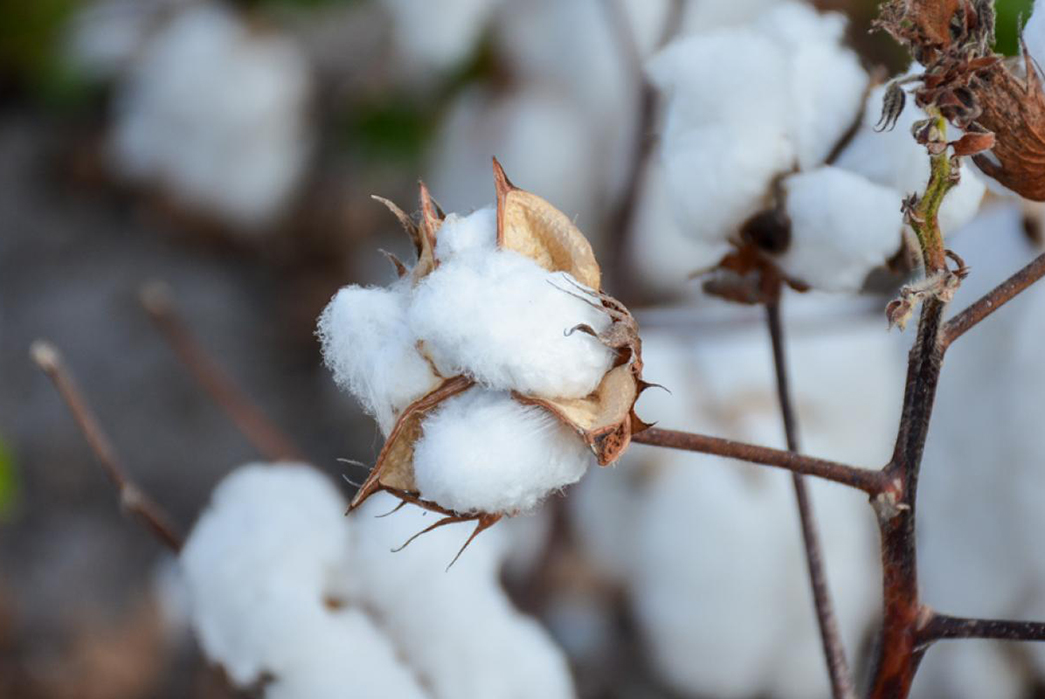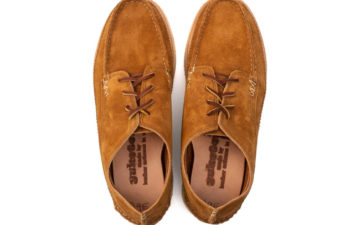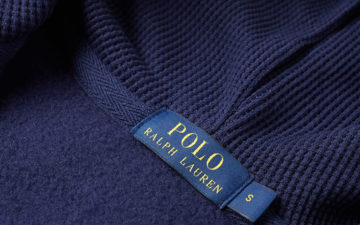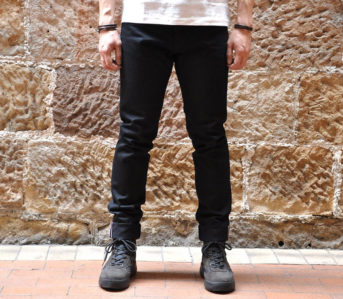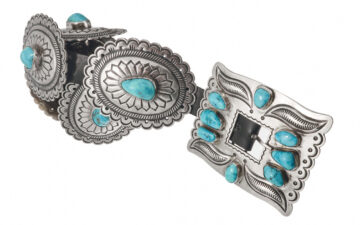For all the time we spend off-handedly mentioning cotton, there’s not much we’ve actually said about the various strains of cotton that wind up being spun and woven into our favorite garments. After all, each strain of cotton has its own unique properties and history, which means that when a designer chooses a specific one, they’re trying to communicate something.
The following guide will get you up to speed on the most cotton strains and help you fully understand the intentionality behind choosing each one.
Pima/ Supima Cotton
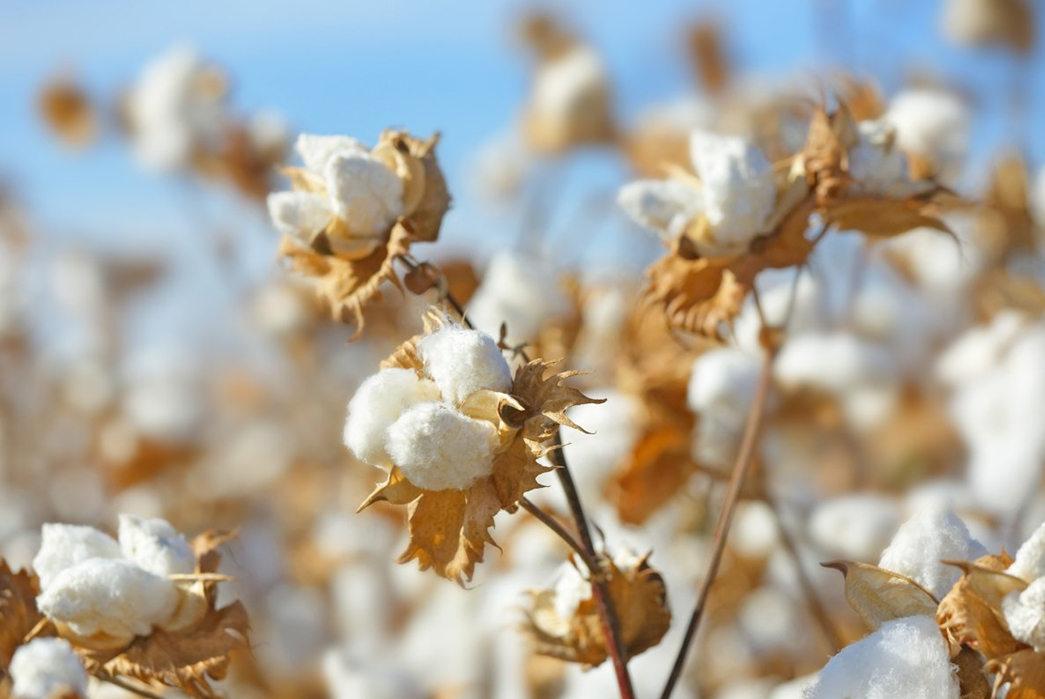
Image via Cottonandcare.com
Pima cotton and its American-exclusive brother, Supima, are revered as among the best cottons in the world. These strains are best known for their long-staple characteristics. In fact, these fibers in the fluffy cotton buds you see above are, at the very least, 1 3/8 inches, which makes them about 50% longer than most other cotton strains. Longer cotton fibers typically make stronger and softer garments, and this kind of cotton makes for weaves with a smooth and even hand.
Although Pima cotton’s origins can be traced back to Peru, the strain is named for the Pima tribe of Native Americans who selectively bred the strain to achieve that signature long-stapled perfection for which the variety is now known. Pima cotton thrives in mild, warm, dry environments; so its U.S. cultivation is centered around the Southwest, not far from the Pima tribe’s ancestral homelands. Pima is also grown in Australia and Peru.
Pima is also touted as the strongest cotton of all the strains, this is large in part due to staple length. During the spinning, a longer fiber will have fewer exposed or frayed pieces, resulting in a longer, more cohesive yarn.
You’ve undoubtedly also heard of Supima cotton, which is basically the same strain, but more strictly controlled. Supima is a combination of the words “superior” and “Pima” and is strictly monitored for purity by the Supima Association. So, Supima cotton is Pima cotton that has been grown in the U.S.A. and meets the very stringent requirements set forth by the association.
Egyptian Cotton
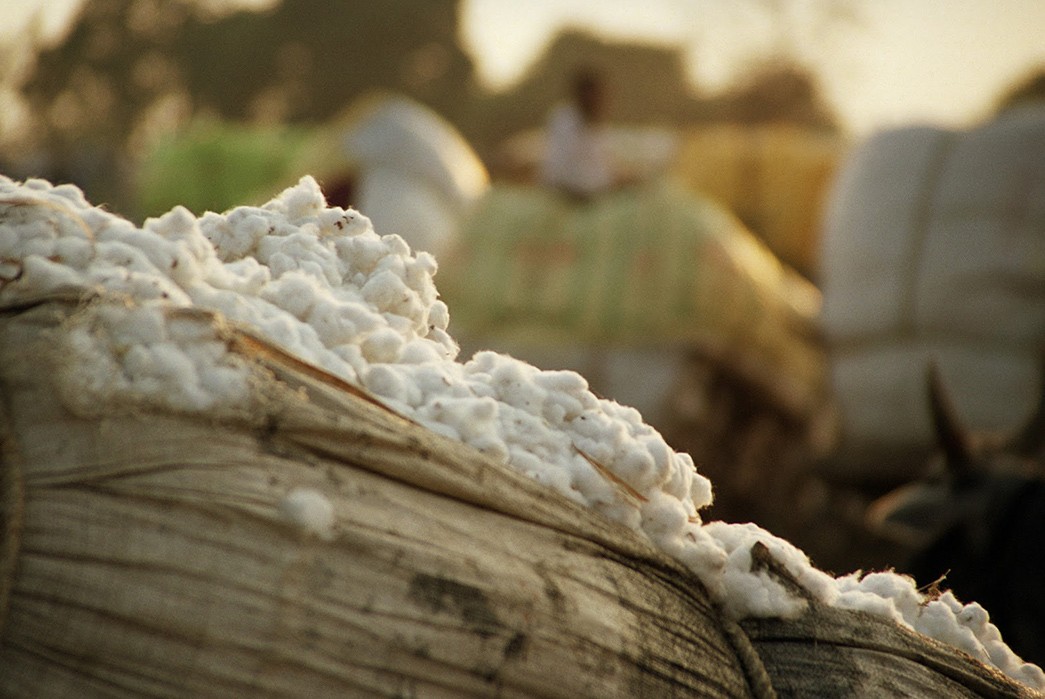
Egyptian Cotton. Image via Adefuin Design Studio.
In many ways, Egyptian cotton is very similar to Pima cotton. Egyptian cotton is painstakingly hand-picked to preserve the fibers’ integrity and is sometimes known as ELS (extra long staple) cotton. Egyptian cotton is a rather generic descriptor, however; and any cotton grown in Egypt can technically be called an “Egyptian cotton.”
A true Egyptian cotton, or at least the famous extra-long staple variety has been grown for centuries and has long enjoyed a reputation as one of the world’s best. Pure Egyptian cotton is thinner and finer than most other strains and is known for its even finish. The issue with Egyptian cotton is that there isn’t a ton of transparency or an “Egyptian Cotton Association” to sign off on allegedly high-quality products. Sometimes, even when it is thehigh-endd stuff, manufacturers divide the one-ply staples in half, which is more profitable for them, but results in a lower-quality end product. The majority of Egyptian cotton that makes it to market is long-staple, which is good, but not as good as the extra-long variety that has for so long set the standard internationally.
Sea Island Cotton
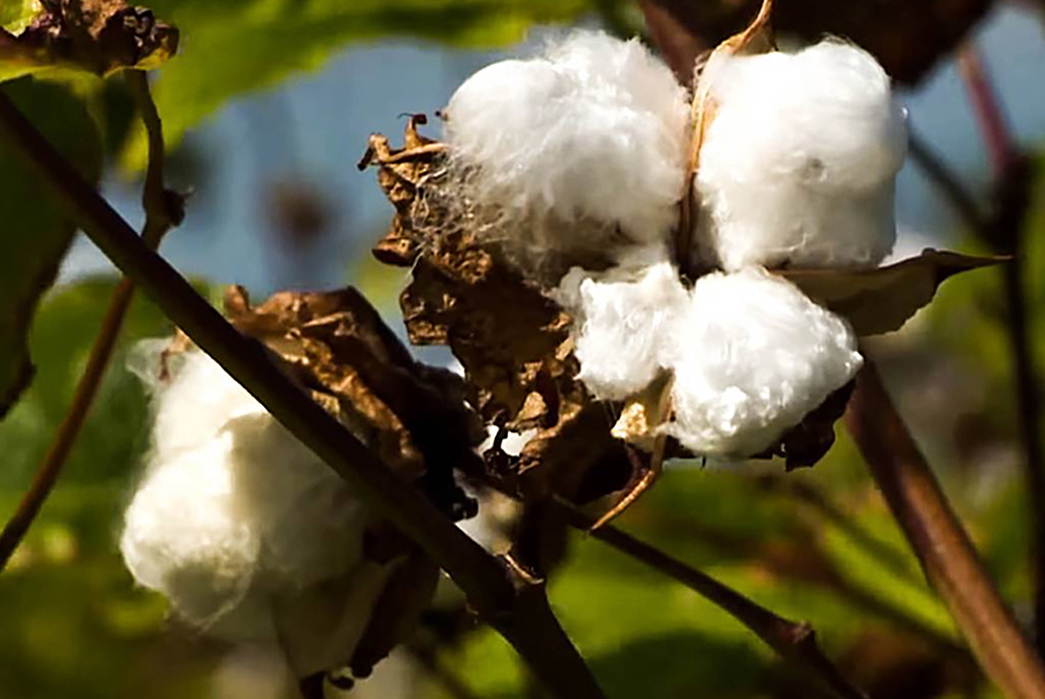
Sea Island Cotton. Image via Proper Cloth.
Sea Island cotton is named for the area in South Carolina where this famous long-staple cotton was harvested. Francis Levett, an Englishman colonist, was the first to plant Sea Island Cotton on his plantation in South Carolina. This strain could only thrive in the low-country near the water and attempts to import it to other states and further inland have ultimately failed.
Before the invention of the cotton gin, which made short-staple cotton profitable for the first time, Sea Island Cotton was widely regarded as the best cotton available in what was to become the United States of America. In fact, upon the outbreak of the Revolutionary War, Levett abandoned his plantation for fear of American reprisals and never returned.
This cotton is especially temperamental and difficult to cultivate. But when successfully grown, its softness and strength are legendary. Queen Victoria had her handkerchiefs made out of this special cotton. It became known for its exclusivity and was popular among the world’s wealthiest individuals. Sea Island cotton had a rather low yield and needed to be picked by hand to preserve its trademark, long fibers. As you can imagine, this picking in the American South was done by slave labor.
Several histories of the cotton bemoan the blow to the industry made by the Civil War, but if you think about things a little more critically, what these authors are saying is that a large part of the workforce was liberated, leaving cotton planters in the lurch (and rightfully so!).
We almost lost the entire strain not because of the Civil War, but because of a weevil infestation that affected cotton-growers from Mexico all the way to the East Coast of the USA in the early 1900s. Sea Island Cotton was barely revived as a strain with a couple of leftover seeds. Now Sea Island is grown mostly in the Caribbean, where the climate can satisfy this particularly uncooperative breed of cotton.
Suvin Gold
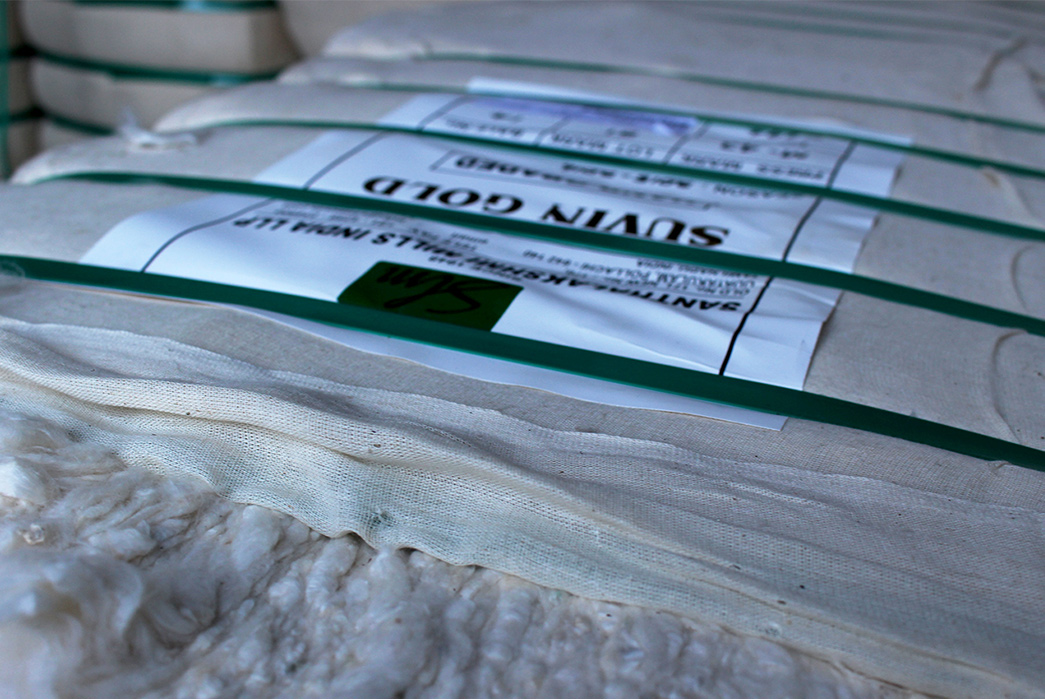
Suvin Gold bales. Image via Fine English Cottons
Suvin Gold is yet another extra-long staple cotton. It gets hard determining exactly how each strain stacks up, especially because partisans for each cotton strain like to tout their own as being the best. Regardless, Suvin Gold is called the gold standard of cotton for a very good reason. It seems, of the strains we’ve mentioned so far, Suvin is both the longest-stapled and the thinnest.
Suvin is a hybrid of an Egyptian cotton “Sujata” and a Sea Island Cotton derivative from the West Indies known as “St. Vincent.” The resulting cotton is grown in India, but can be very very difficult to cultivate. Suvin, as a hybrid, needs new seeds to be created each year, which is costly and time-consuming. As with most ELS cottons, Suvin is easily affected by climate change. It requires regular rainfall and irrigation, something that has been less and less consistent in India in the last three years.
In an article from Down to Earth, growers lament the lack of organization among Suvin and other ELS growers in India. Production has fallen greatly, which drives up the price, but is more a result of mismanagement and increasingly inconsistent weather patterns than anything else.
Luckily, demand for Suvin isn’t going down anytime soon in Japan. Just handle any Studio D’Artisan Suvin Gold piece to see the self-proclaimed “cashmere of cotton.”
Giza Cotton
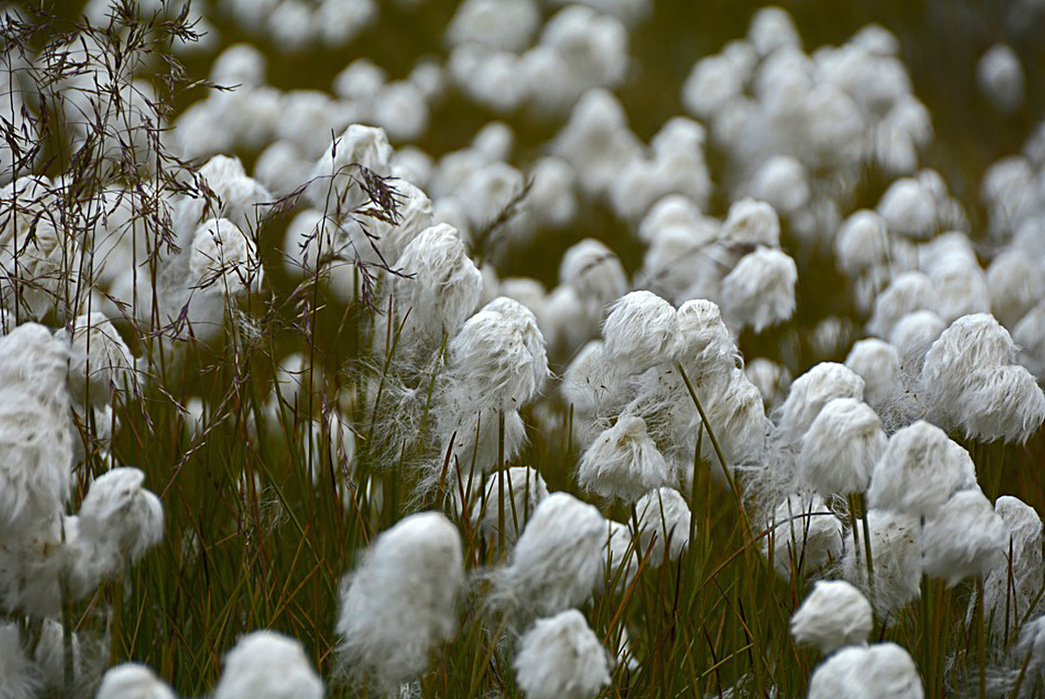
Giza Cotton. Image via studiosuits.com
Giza cotton is grown in Egypt, but what makes it different from Egyptian Cotton is its very specific area of cultivation. Like Sea Island Cotton, Giza needs to be grown near to water, which for Giza tends to be the Nile river. The Nile Delta, to be exact. The Delta is nutrient-rich and has a high humidity, which is a great boon to cotton production.
Giza is also renowned for its staple length, but it is slightly thicker and shorter than Suvin. As with other Egyptian cottons, you have to be sure that you’re getting the real deal. But if you are, most sources agree that it’s the pinnacle of all Egyptian cottons in softness and breathability.
Upland Cotton
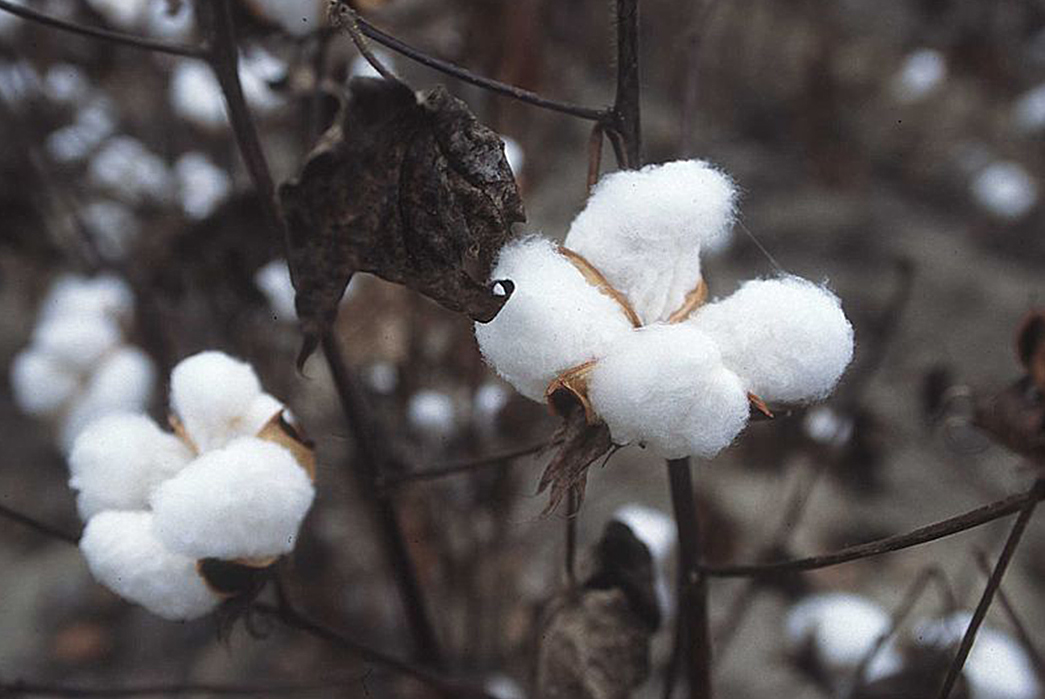
Upland Cotton. Image via Wikipedia.
Upland cotton is the first shorter-staple cotton on our list. Upland cotton is also known as Mexican Cotton and with evidence tracing its roots back to 3,500 BCE in the Tehuacan Valley, it is the oldest cotton in the Americas. It makes for 95% of American cotton cultivation, so if something is made from “American cotton” without any other clarifiers, it’s likely this strain.
There are hybrids and longer-stapled varieties around, but Upland, on the whole, tends to be shorter-stapled. Short staple cottons have a slightly rougher and more uneven hand, which is helpful in spinning thread for the more out-there denims we love, but since long stapled cottons are usually nicer… Upland doesn’t get as much hype.

